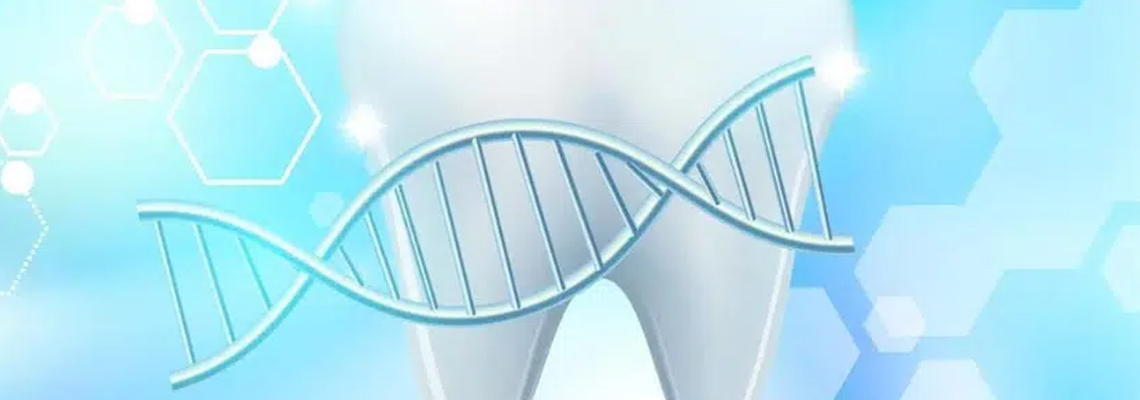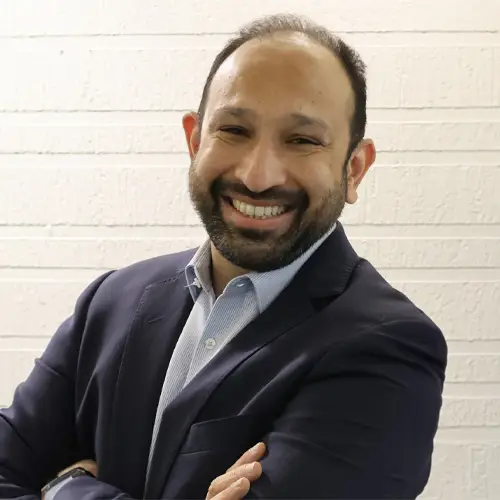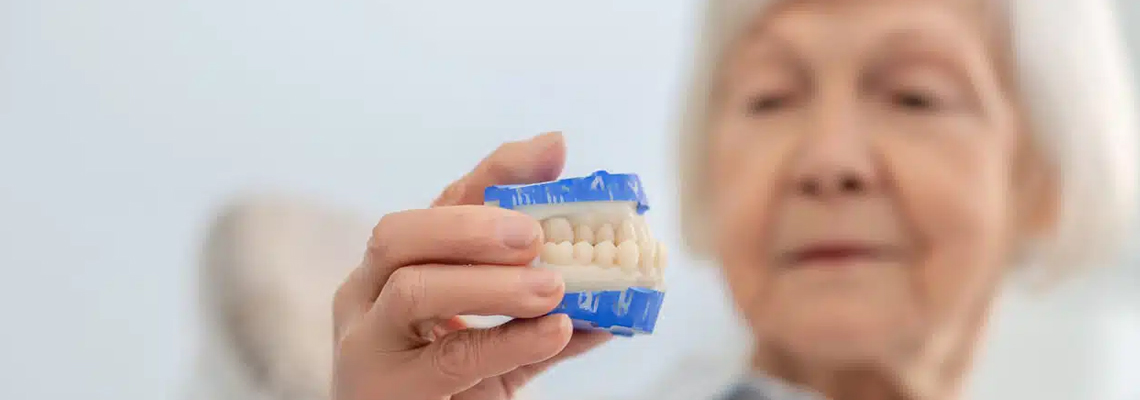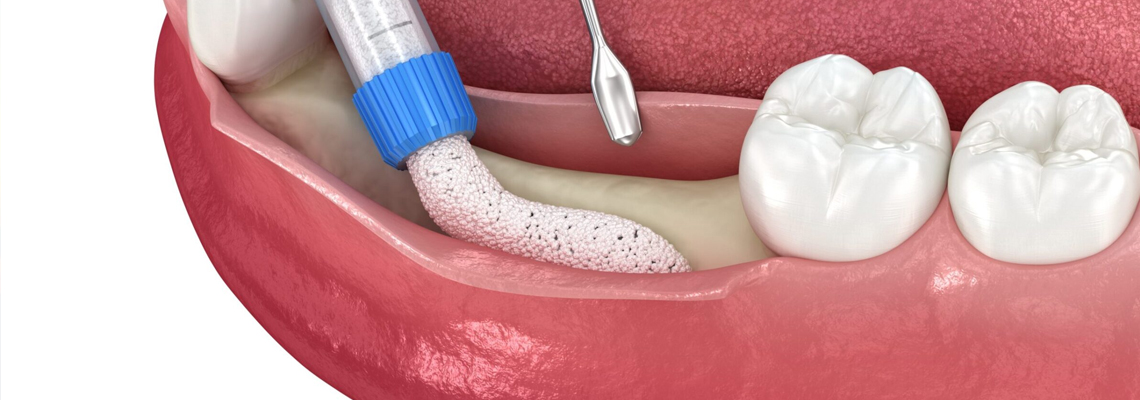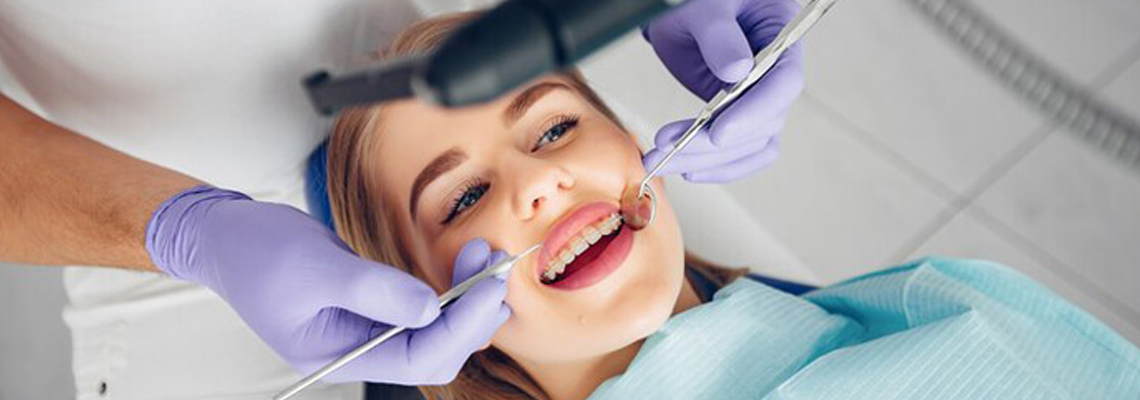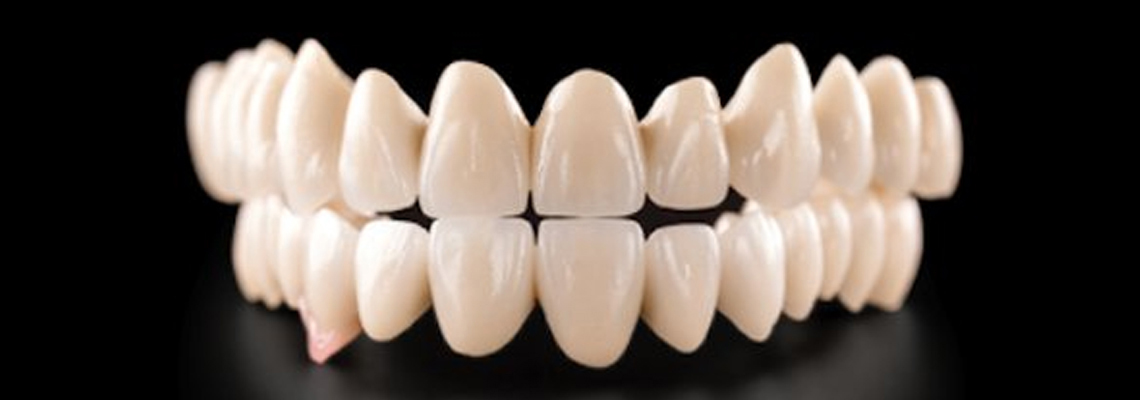In recent years, our understanding of ancestry has expanded well beyond traditional genealogy, with genetics and, surprisingly, teeth playing key roles in unlocking our lineage. As scientists explore the unique structures, shapes, and chemical compositions of human teeth, a fascinating connection to ancestry and evolution has emerged. This new frontier, known as “dental DNA,” is proving that teeth hold more than just oral health records; they carry traces of our ancient past.
The Structure of Teeth: A Record of Evolution
Teeth are among the most durable parts of the human body, designed to withstand extreme forces and various environmental conditions over centuries. This resilience allows teeth to endure long after other body parts have decomposed, making them invaluable in tracing ancestral roots. Our teeth are composed of multiple layers—enamel, dentin, cementum, and pulp—all of which record biological information, from diet to environmental exposure.
Each of these layers preserves mineral compositions, which offer clues about the regions where our ancestors lived and what they might have eaten. The thickness, density, and wear patterns of enamel, in particular, reveal an intricate map of ancestral adaptations. For instance, researchers have noted that certain patterns in enamel thickness are common among populations in colder climates, while thinner enamel might suggest a lineage rooted in warmer, more tropical areas.
Enamel Chemistry: Elemental Clues to Ancestry
Enamel, the hardest and most mineralized tissue in the human body, plays a unique role in ancestry tracing. Its chemical composition reflects environmental exposure to trace elements, such as strontium and oxygen isotopes, which vary across different regions. By analyzing these elements within the enamel, scientists can determine not only the approximate age of a tooth but also deduce where a person, or their ancestors, might have lived.
For instance, oxygen isotopes in enamel can indicate climatic conditions, providing insight into the ancient migrations of human populations. Similarly, strontium isotope ratios differ based on geological factors, meaning that people who lived near mountains may exhibit different strontium levels in their enamel compared to those who lived on plains. These subtle markers are preserved in teeth, creating a biological record that transcends generations and helps researchers paint a detailed picture of human migration and ancestry.
Dental Traits and Genetic Heritage
Beyond chemical analysis, the shape and structure of teeth provide crucial information about our ancestry. Certain dental traits—such as the “shovel-shaped” incisors commonly found in East Asian and Native American populations—are often inherited and can be traced back thousands of years. These unique characteristics can help scientists identify genetic links between modern populations and their ancient counterparts.
Research has shown that variations in dental morphology, like cusp patterns on molars, can serve as markers for specific ancestral lineages. The genetic coding behind these dental traits points to our evolutionary past, revealing connections between groups that may have diverged millions of years ago. Each ridge, groove, and contour of a tooth tells a story of human adaptation, environmental pressures, and evolutionary changes over generations.
The Future of Ancestral Research Through Dental DNA
As our understanding of dental DNA grows, so does the potential for using teeth to explore ancestry on an individual level. With advancements in bioarchaeology and genomics, scientists are now able to analyze tiny fragments of DNA embedded in dental pulp, even in ancient specimens. This opens up new avenues for discovering genetic links and reconstructing human history through the lens of dental anatomy.
Although we often think of teeth as tools for eating and speaking, they hold the power to reveal an incredible history of our evolution, migration, and adaptation. As researchers continue to uncover these mysteries, our understanding of ancestry and identity is evolving, reminding us that our teeth may be as much a part of our heritage as our family trees. The next time you smile, consider that your teeth might carry evidence of journeys taken by your ancestors, stretching back thousands of years, waiting to be discovered.
Are You Looking For Dental Implants
Click on the links below to learn more about the approximately $50,000 savings option for Dr. Motiwala’s packages.
- Full mouth dental implants & Cost of Treatment
- Smile Makeover & Cost of Treatment
- Watch 100’s of Testimonials from our International Patients
Make An Appointment!
Please contact us if you have dental difficulties or are interested to know about dental implants and how they might improve your smile. Dr. Motiwala Dental Clinic & Implant Center may be reached at +91 99596 14584. You can also Contact Us by clicking the banner below.



